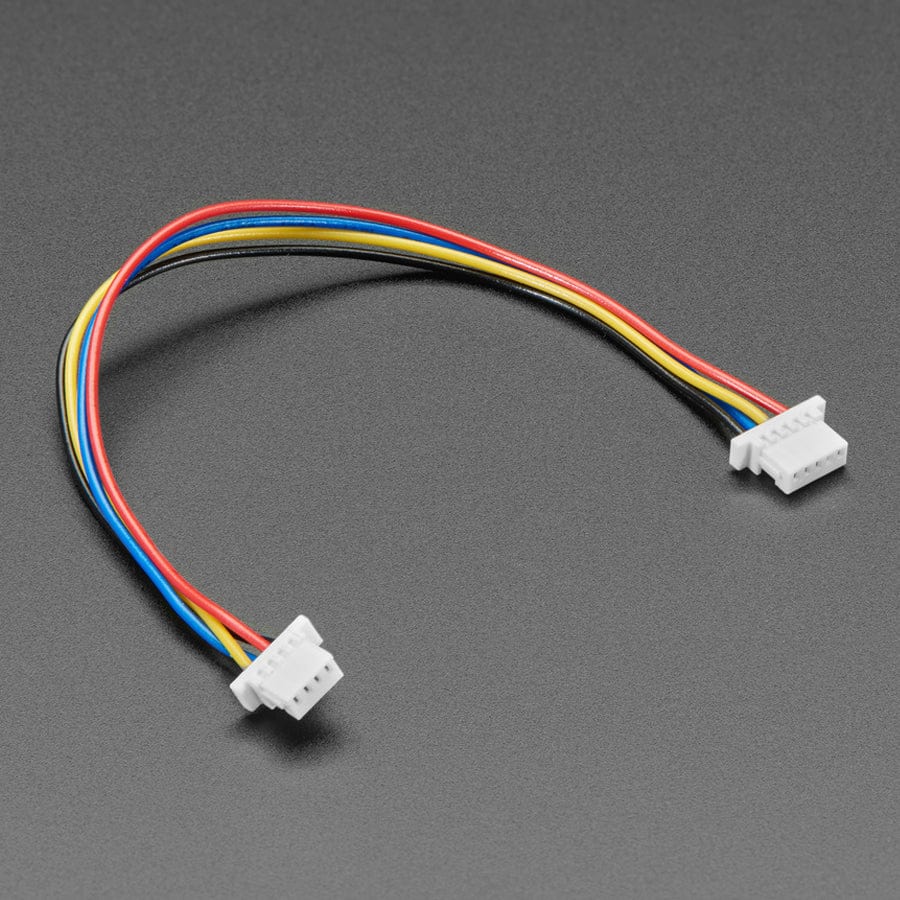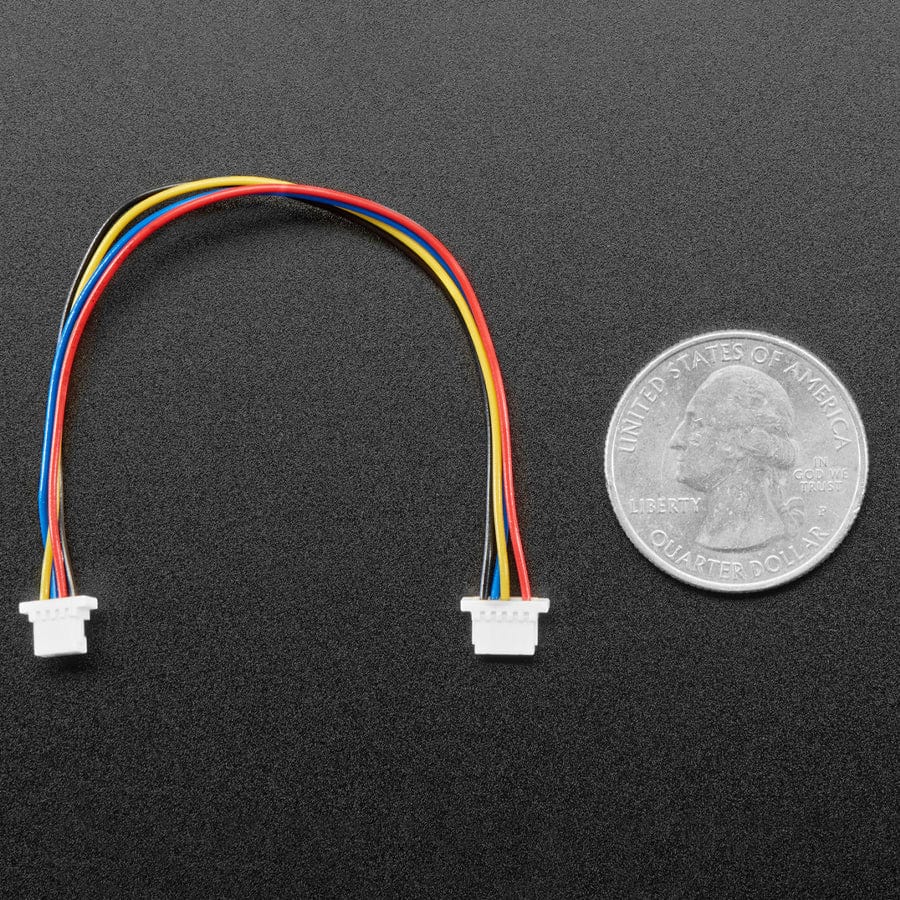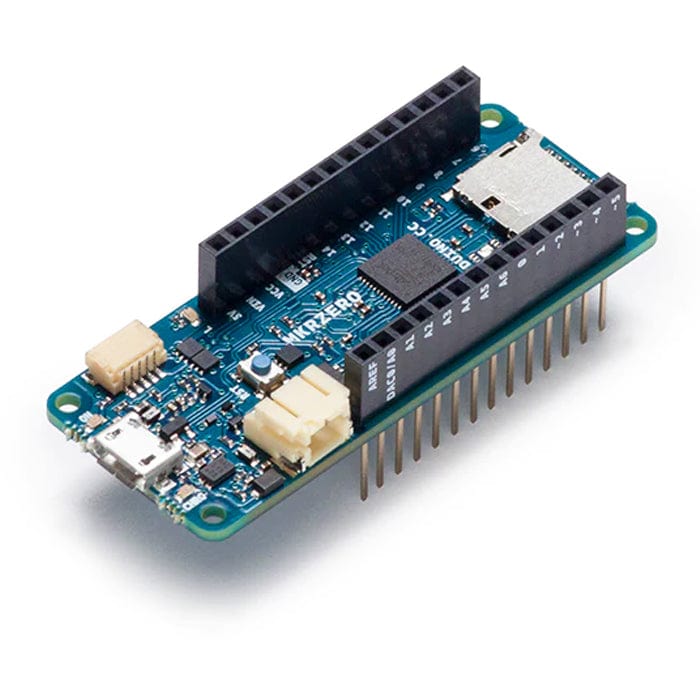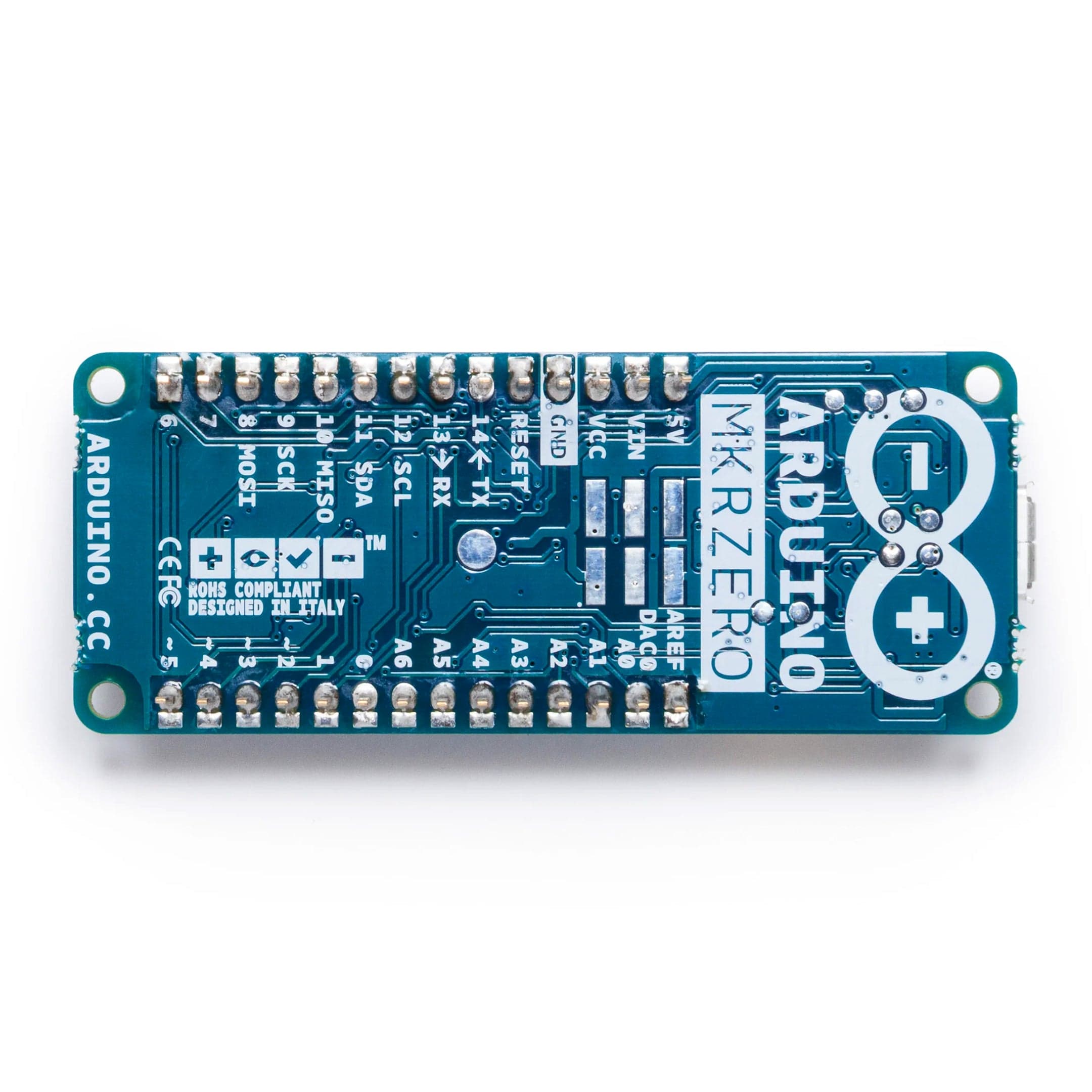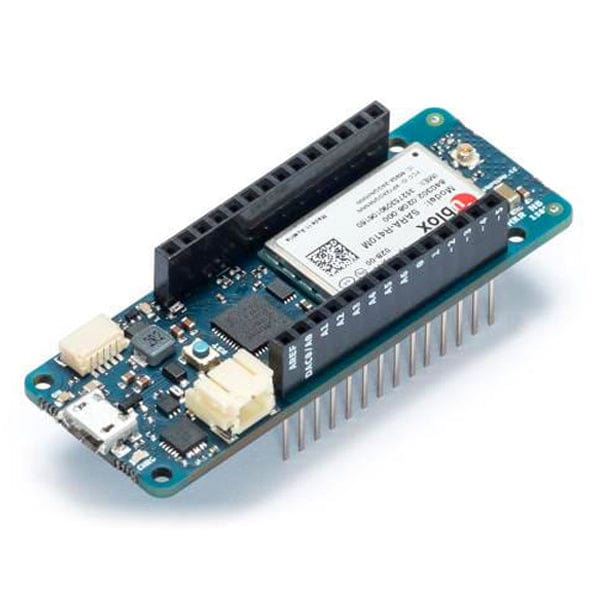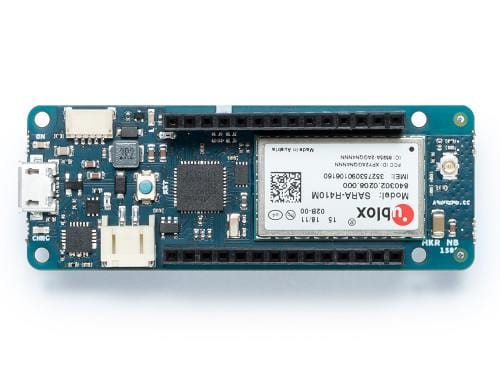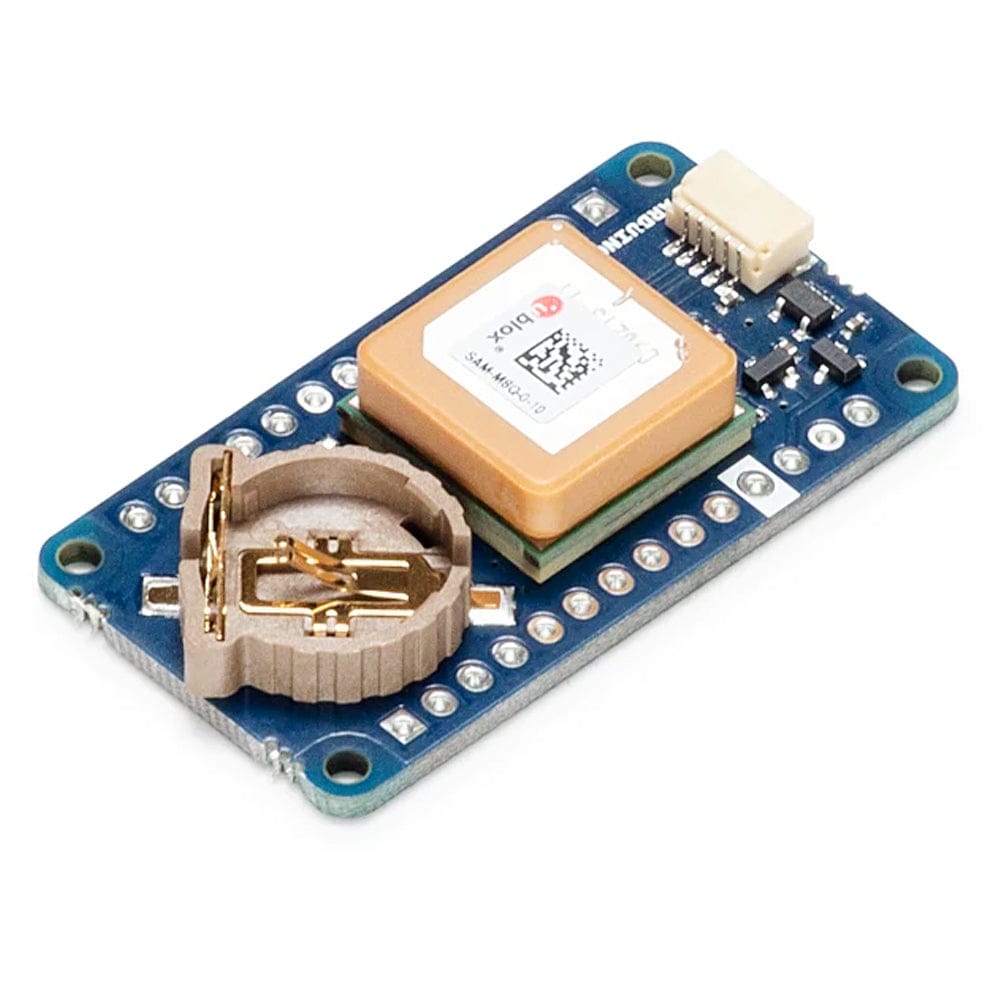
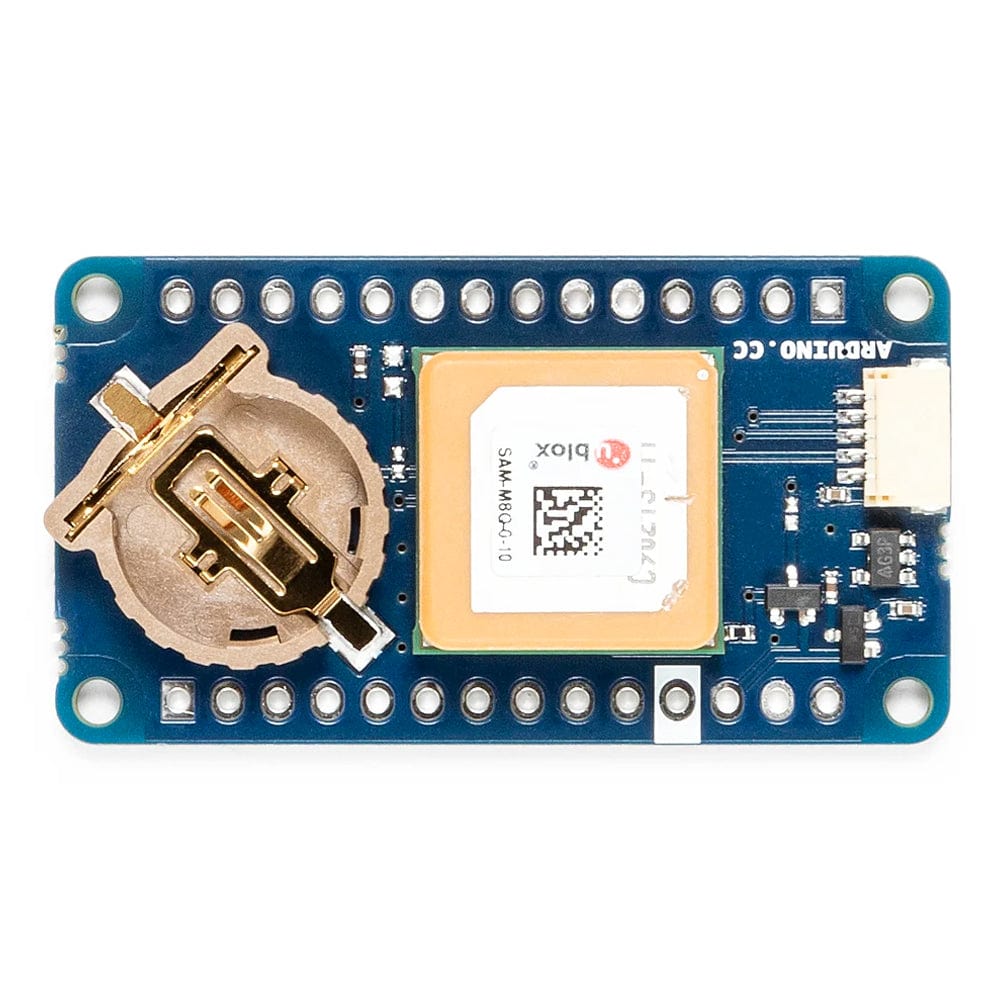
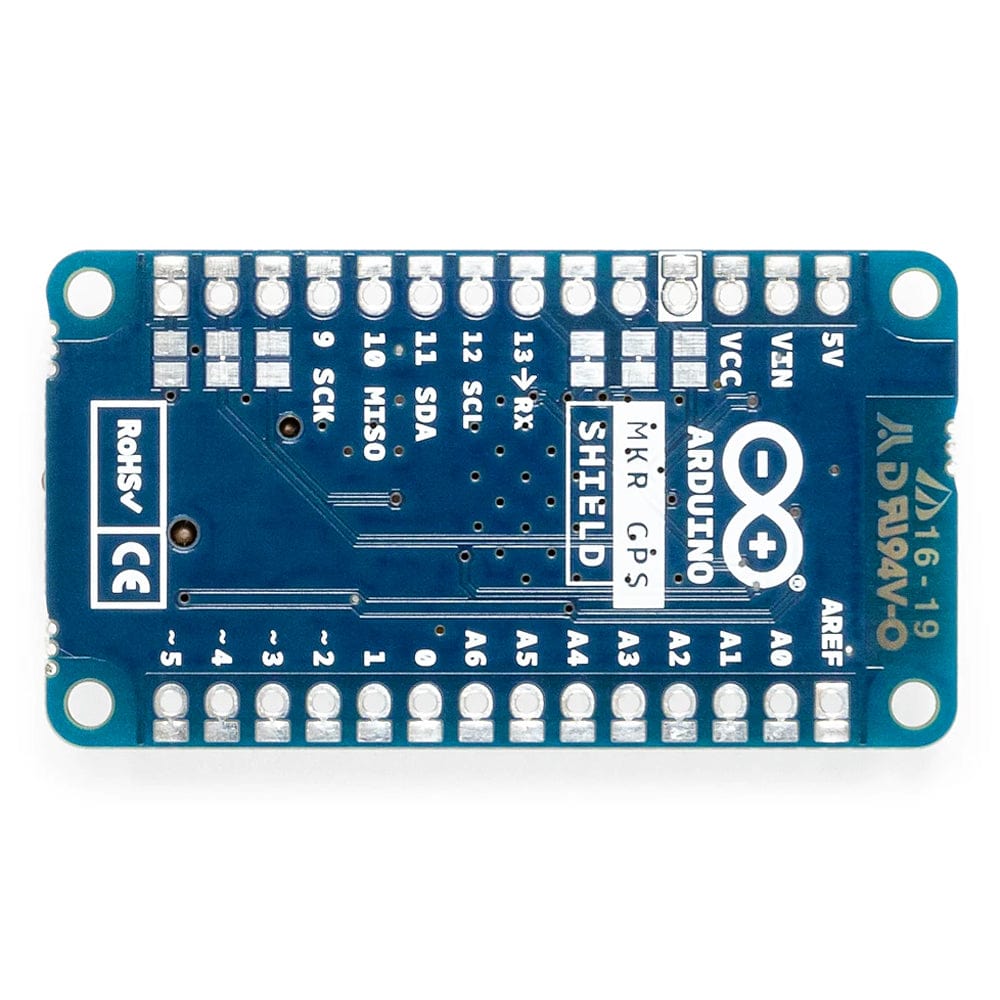
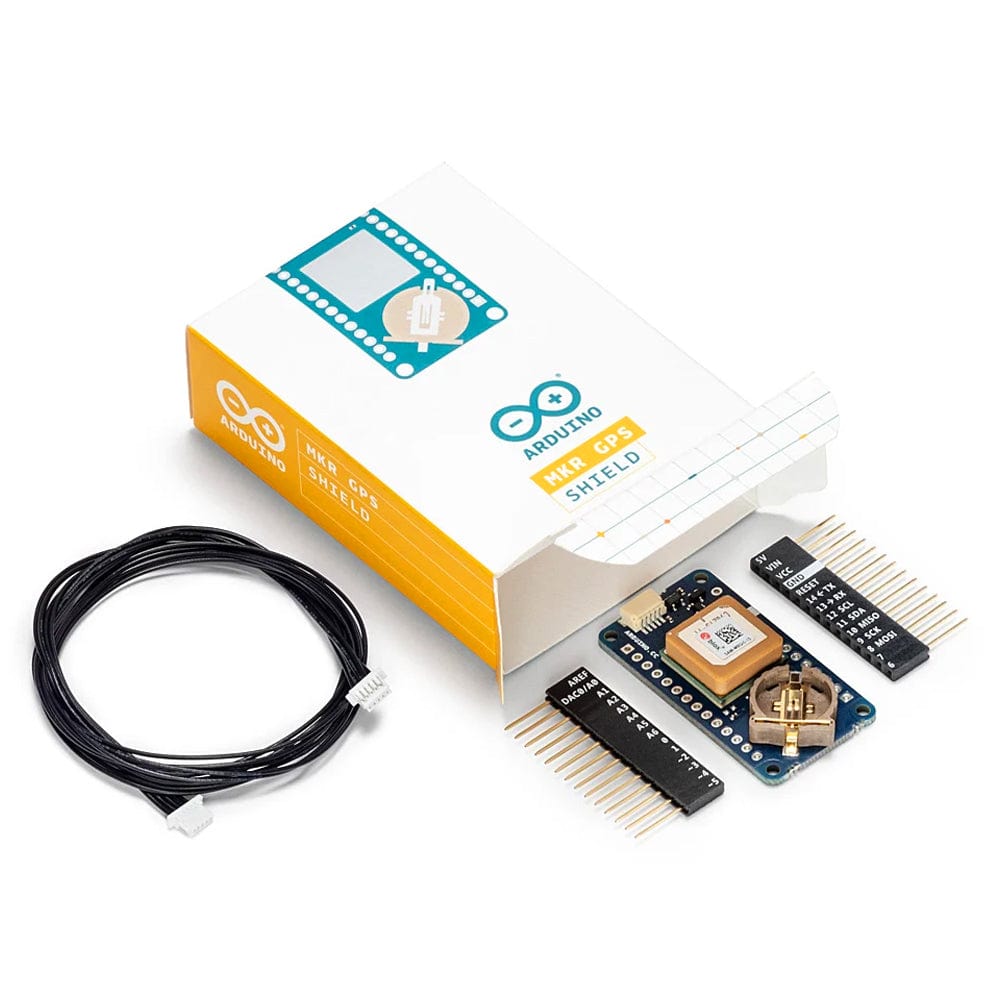
Login / Signup
Cart
Your cart is empty
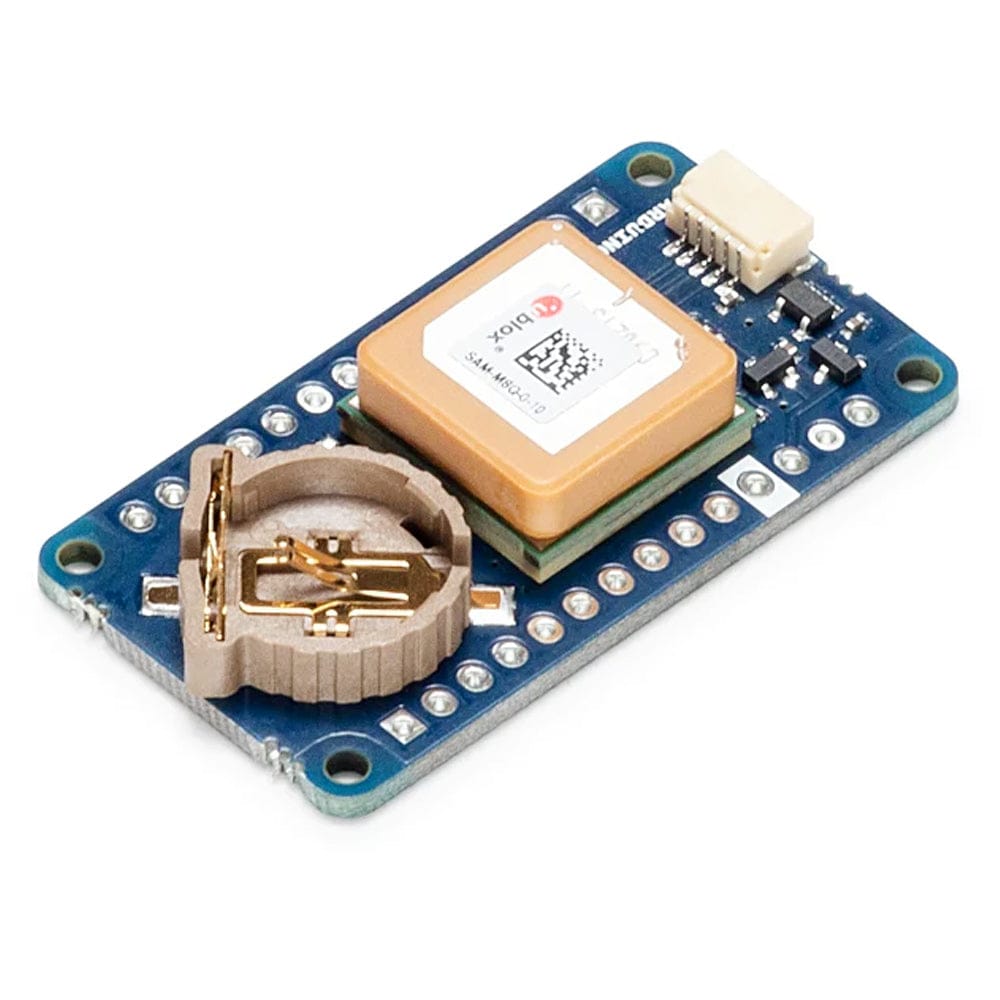
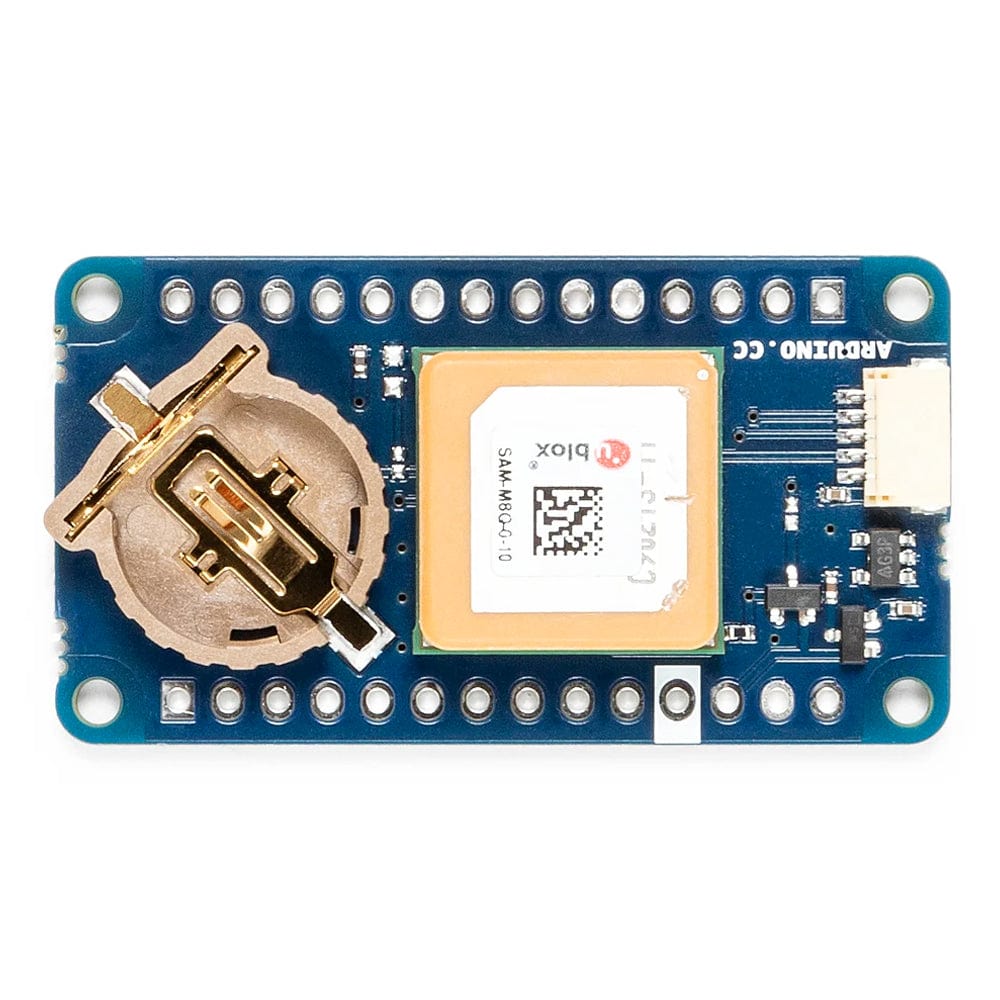
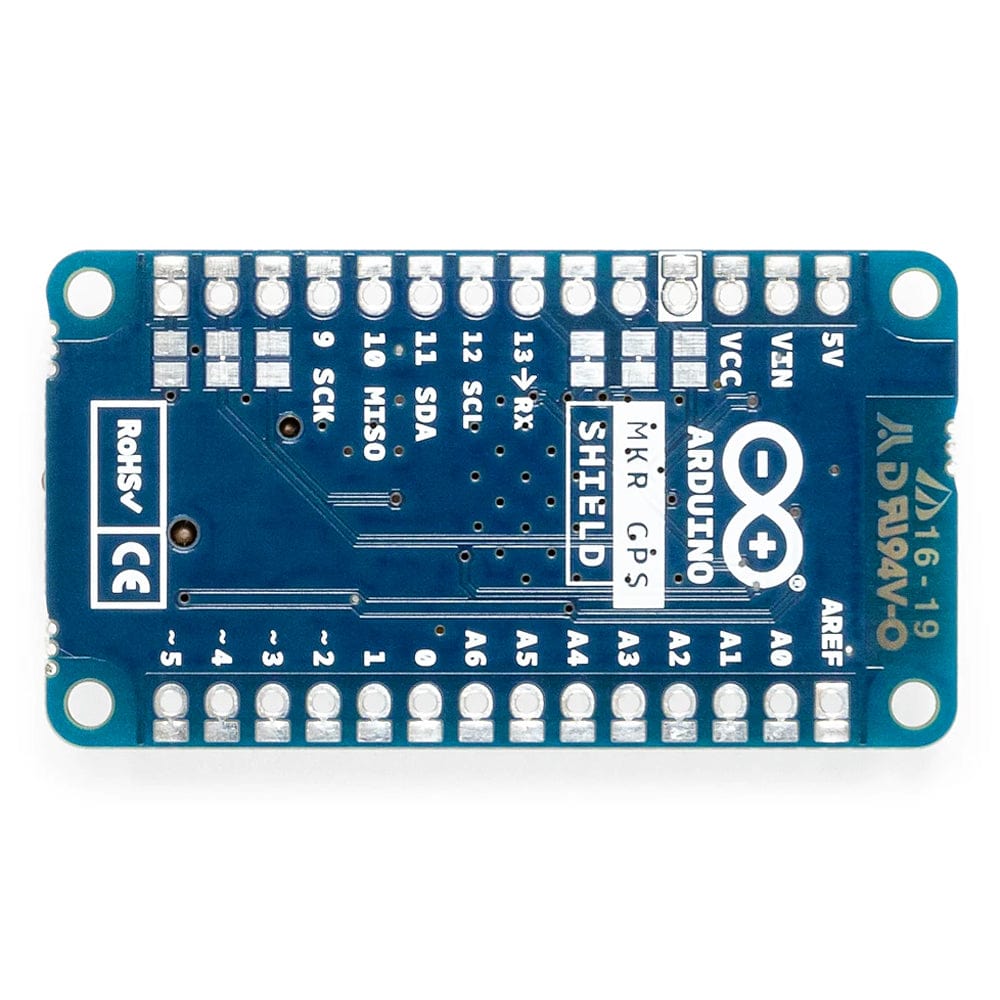
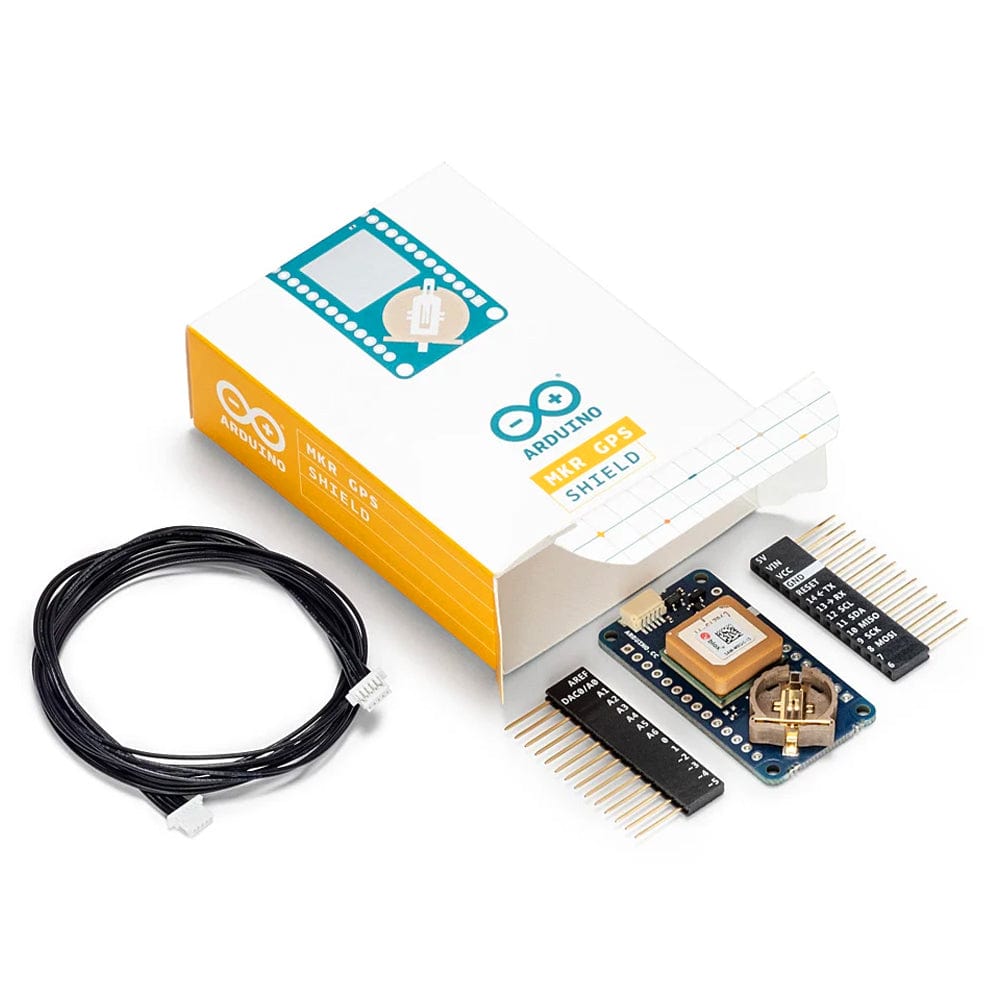
The low-power Global Navigation Satellite System receiver shield for your georeferenced projects.
Suppose you are experimenting with monitoring fleets, high-altitude scientific experiments, or any kind of project requiring localisation of devices. In that case, the MKR GPS Shield will offer you the functionality you need, and it is plug 'n' play!
The MKR GPS Shield is based on the u-blox SAM-M8Q GNSS (Global Navigation Satellite System) module. It is meant to be used on top of boards in the MKR format, but thanks to its Eslov connector, it is also possible to hook it up to any board having that kind of connector available using a cable.
This module is designed to operate with different positioning services concurrently. It receives and processes the signals from GPS, GLONASS, and Galileo. It interfaces with Arduino boards either through a serial interface when used with headers and put on top of an MKR board, or through an I2C interface and a dedicated ESLOV cable supplied as a bundle.
The GPS module can be configured via special commands. We have included an on-board battery holder for the system to keep the configurations made via software. This can be convenient when e.g. changing the operation mode of the GPS to 1g, something common in high altitude experiments, where specific settings away from the default ones are needed for the device.
Another example is the use of Galileo's localisation option, which is disabled by default but can be enabled by sending a configuration message (UBXCFG-GNSS) to the receiver. You can find a detailed description of all of the commands in the protocol here.
The MKR GPS Shield has an additional connector meant as an extension of the I2C bus. It's a small form factor 5-pin connector with a 1.0 mm pitch. The mechanical details of the connector can be found in the connector's datasheet.
The I2C port, also referred to as the Eslov self-identification port within Arduino, comes with SDA, SCL, GND, +5V, and an extra digital pin meant to send an alarm to the otherwise plain I2C devices connected to it.
Our Arduino_MKRGPS library handles the two different interfaces and offers a consistent set of APIs designed for full usage of the GPS-acquired information
| GNSS receiver | u-blox module SAM-M8Q (datasheet) |
| Connectors | MKR headers / Eslov |
| Input Voltage | 3.3V |
| Operating Voltage | 3.3V |
| Backup battery | CR1216 |
| Communication | Serial / I2C / DCC |
| Length | 45 mm |
| Width | 25 mm |
| Weight | 14 gr. |






